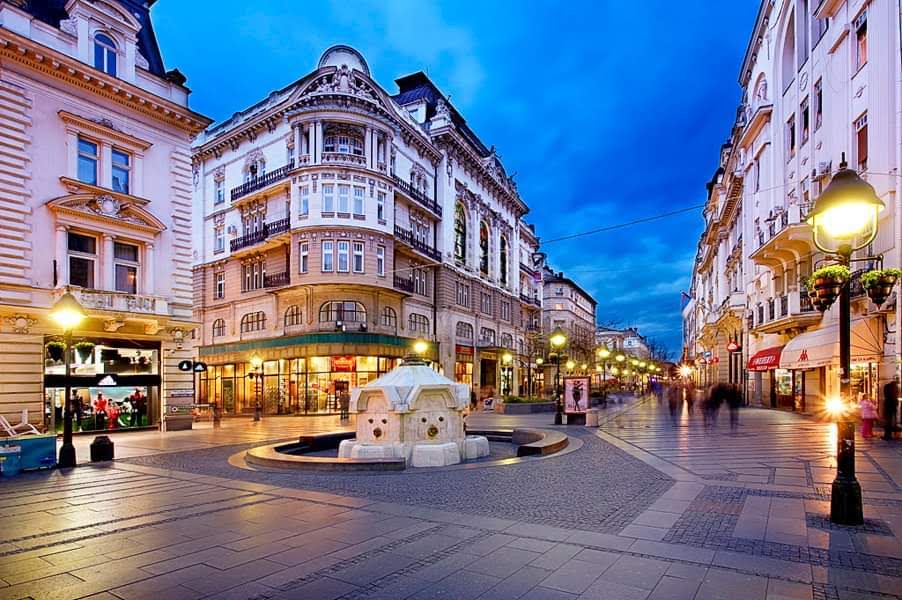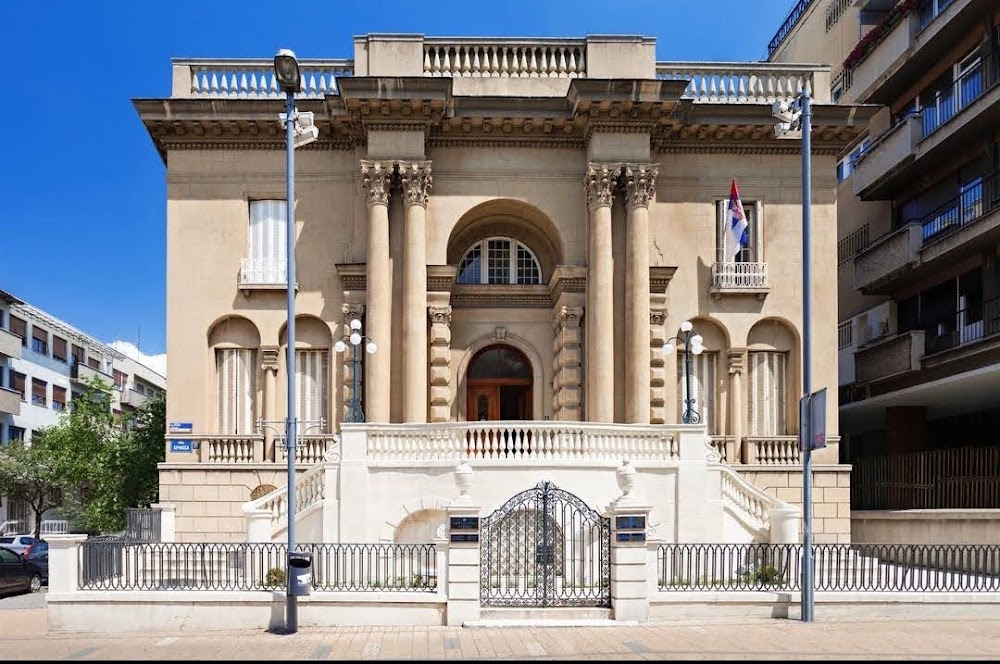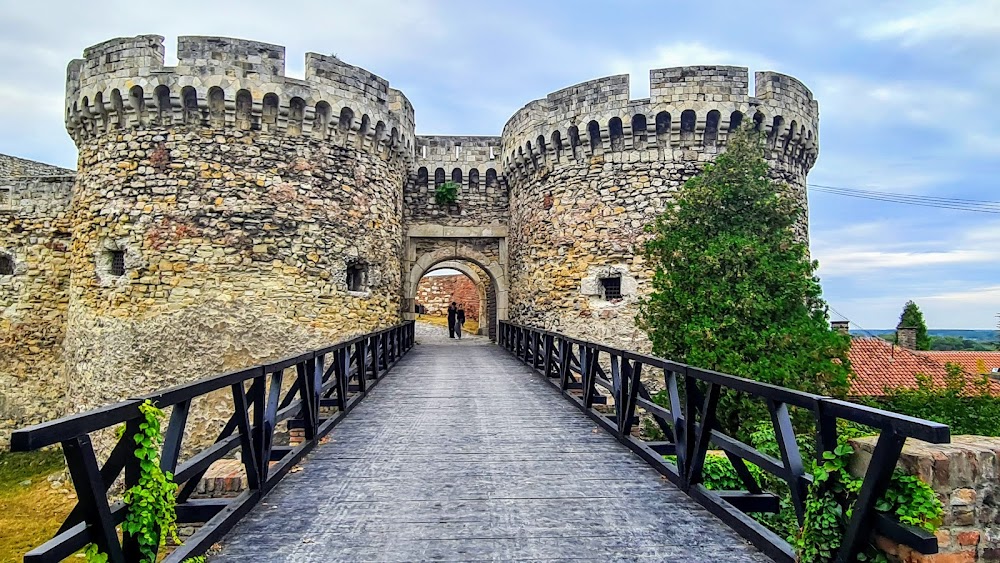Knez Mihailova Street (Ulica Knez Mihailova)
Overview
Knez Mihailova Street in Belgrade, Serbia, is a cultural and historical gem that draws both locals and tourists alike. Known affectionately as Kneza Mihaila, this vibrant thoroughfare boasts a rich history that traces back to the Roman era. Originally, it followed the route of an essential Roman road that linked Singidunum (the ancient name for Belgrade) with other regions of the Roman Empire. Over the centuries, the street has undergone transformations influenced by various periods, including Byzantine, Ottoman, and the modern Serbian state.
In the 19th century, following Serbia's liberation from Ottoman rule, efforts to modernize Belgrade significantly shaped Knez Mihailova Street. Named in honor of Prince Mihailo Obrenović—a pivotal figure in Serbia's quest for independence and modernization—the street began to reflect the characteristics of a modern European city. Under his leadership, Belgrade saw the emergence of elegant buildings, many crafted in neoclassical and Renaissance Revival styles, thanks to both local and foreign architects.
The transition of Knez Mihailova into a pedestrian zone commenced in the mid-20th century. Throughout the 1950s and 1960s, extensive renovations enhanced the street's beauty and functionality. Urban planners focused on preserving the historical essence while making it more accessible and enjoyable for both residents and visitors. The meticulous restoration of buildings and the installation of cobblestone paving helped to evoke the street's storied past.
Today, strolling along Knez Mihailova offers the chance to admire stunning facades adorned with intricate details, showcasing a blend of architectural styles that narrate Belgrade's evolution. Noteworthy buildings include the Serbian Academy of Sciences and Arts, the Hotel Srbija, and numerous grand houses that once belonged to prominent Serbian families. Each structure contributes a unique layer to the rich historical tapestry of this captivating street.
Knez Mihailova Street is not only a historical boulevard but also a bustling commercial hub. Over the years, it has become lined with a diverse array of shops, from high-end boutiques to popular department stores. Numerous cafés and restaurants dot the street, providing perfect spots to relax and soak in the vibrant atmosphere. The presence of street performers, artists, and vendors further enhances the lively ambiance, making it a must-visit destination for anyone exploring Belgrade.
In addition to its commercial significance, the street is home to several cultural institutions. The National Museum and the National Theatre are just a short stroll away, underscoring the street’s role as a cultural axis. During the warmer months, Knez Mihailova hosts various festivals and events, solidifying its status as a focal point of Belgrade's social life.
Recent years have seen continued efforts to maintain and enhance Knez Mihailova’s charm. The Municipality of Belgrade has undertaken projects aimed at improving infrastructure, including modern lighting and street furniture, all while ensuring the preservation of its historical allure. These enhancements have made the street even more inviting to visitors from around the world.
In summary, Knez Mihailova Street epitomizes Belgrade’s historical and cultural heritage. From its ancient origins as a Roman road to its present-day role as a bustling pedestrian zone, it reflects the city’s adaptation and growth over centuries. This street stands as a testament to Belgrade’s resilience and its ability to harmoniously blend the old with the new, offering a unique and enchanting experience for everyone who strolls down its storied path.







